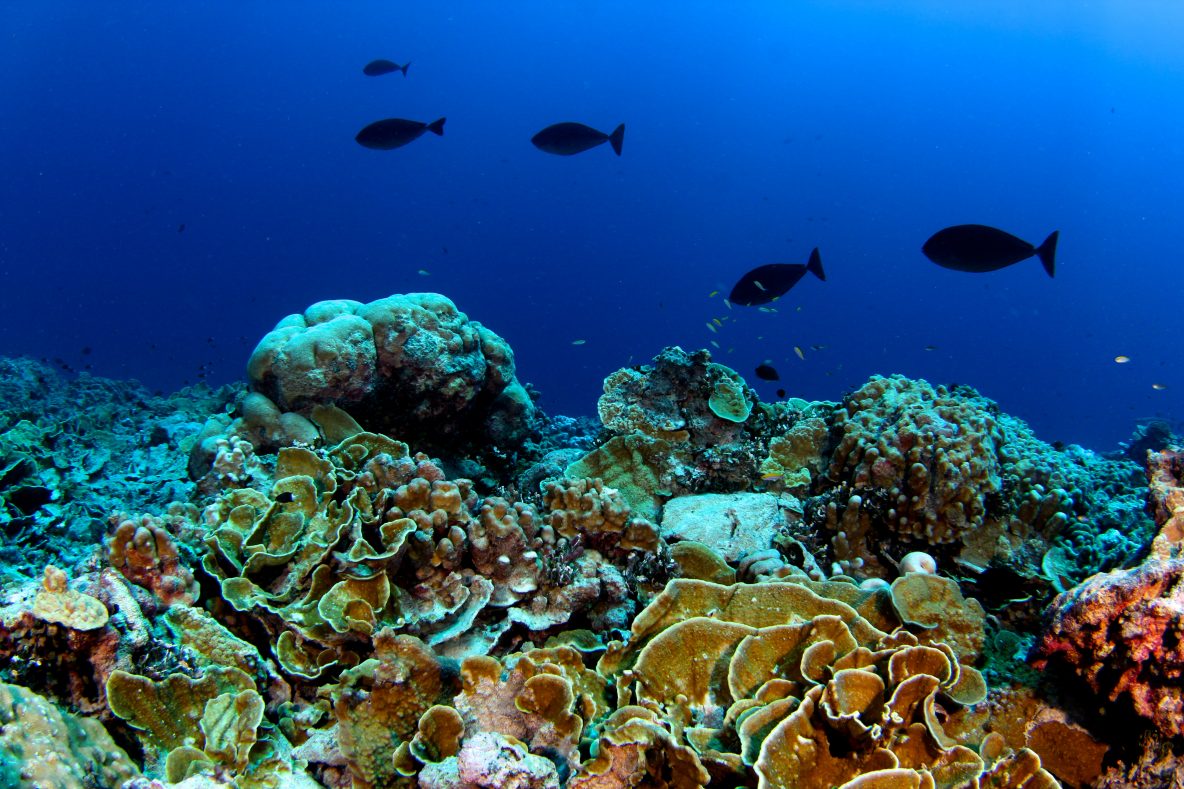ABSTRACT We take advantage of a natural gradient of human exploitation and oceanic primary production across five central Pacific coral reefs to examine foraging patterns in common coral reef fishes. Using stomach content and stable isotope (δ15N and δ13C) analyses, we examined consistency across islands in estimated foraging patterns. Surprisingly, species within the piscivore–invertivore group exhibited the clearest pattern of foraging consistency across all five islands despite there being a considerable difference in mean body mass (14 g–1.4 kg) and prey size (0.03–3.8 g). In contrast, the diets and isotopic values of the grazer–detritivores varied considerably and exhibited no consistent patterns across islands. When examining foraging patterns across environmental contexts, we found that δ15N values of species of piscivore–invertivore and planktivore closely tracked gradients in oceanic primary production; again, no comparable patterns existed for the grazer–detritivores. The inter-island consistency in foraging patterns within the species of piscivore–invertivore and planktivore and the lack of consistency among species of grazer–detritivores suggests a linkage to different sources of primary production among reef fish functional groups. Our findings suggest that piscivore–invertivores and planktivores are likely linked to well-mixed and isotopically constrained allochthonous oceanic primary production, while grazer–detritivores are likely linked to sources of benthic primary production and autochthonous recycling. Further, our findings suggest that species of piscivore–invertivore, independent of body size, converge toward consuming low trophic level prey, with a hypothesized result of reducing the number of steps between trophic levels and increasing the trophic efficiency at a community level.
Foraging consistency of coral reef fishes across environmental gradients in the central Pacific

